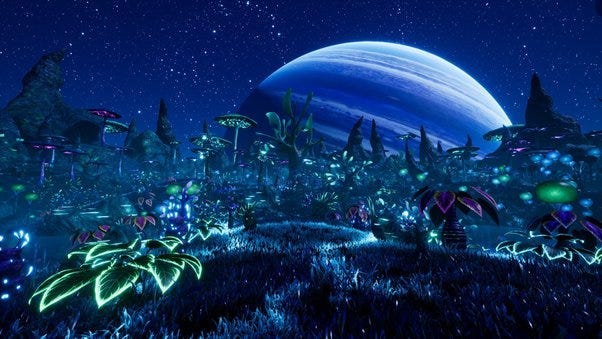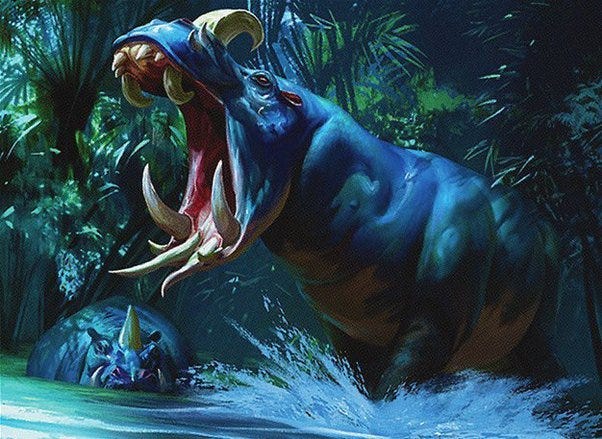Exploring the Conditions for Early Life in the Universe
Written on
Chapter 1: The Genesis of Life in a Young Universe
The emergence of life in the universe may have occurred during its formative years, under certain conditions. Approximately 12.8 billion years ago, the first galaxies began to form just one billion years after the Big Bang. However, the mere existence of stars and galaxies was insufficient for life to flourish. At that time, only a few generations of stars had formed, resulting in a scarcity of essential elements heavier than hydrogen and helium.
To facilitate the formation of these necessary elements, it is likely that we would need to wait an additional one to two billion years. This would allow regions capable of star formation to produce stars with adequate metallicity, which is crucial for supporting life as we know it.
During this early period, the universe was a chaotic environment filled with massive, short-lived stars that emitted radiation detrimental to potential life forms. The most likely planets that could harbor life were situated in the outskirts of galaxies, away from high-energy phenomena.

From these distant planets, the night sky would have appeared quite different, showcasing more stars, smaller or less defined galaxies, and a wider array of colors. Most stars in that era were more massive and predominantly blue. Additionally, the night sky would have been adorned with red patches, signifying regions where new stars were being born at an accelerated rate.
The stars likely surrounding these habitable planets would be of type F, which are larger and brighter than our sun, emitting a significant amount of blue and ultraviolet light. This heightened radiation could have potentially sped up mutation rates, facilitating the evolution of life forms, which is particularly relevant given the shorter lifespan of type F stars compared to our sun.
Assuming that life on these planets resembled that on Earth—comprising both autotrophic and heterotrophic organisms—it is plausible that their plant life evolved to exhibit either blue or yellow hues. Plants utilize two primary mechanisms to harness the light from their stars: either adapting to absorb the dominant wavelength or reflecting it to exploit other frequencies.
Chapter 2: The Colors of Life
The sun's emission spectrum peaks in the green frequency, which plants reflect, while they utilize red and blue light for photosynthesis. However, plants could also potentially evolve to be purple, absorbing green light, similar to cyanobacteria. Thus, on these planets, flora would likely take on the predominant color of their star (blue) or its complementary color (yellow).
The former scenario appears more probable, as it aligns with how Earth's plants operate, and absorbing excessive blue and ultraviolet light could lead to overheating.
The first video, "How Early Could Life Have Appeared In The Universe?" explores the potential timing and conditions necessary for life to emerge in the cosmos.
Even the fauna on these planets might exhibit blue or turquoise coloration to reflect harmful radiation from their stars and to camouflage with their surroundings. It is likely that most organisms would have developed the ability to perceive ultraviolet light, possessing body patterns visible only in that spectrum for communication purposes.

Given the low metallicity of the stars, there would have been limited material available for planet formation, suggesting that typical planets were likely smaller than Earth. This reduced gravity could allow for the evolution of larger animals and lower atmospheric pressure.
The thinner atmosphere on these planets might have driven organisms to adapt to lower oxygen levels, leading them to be ectothermic with extended lifespans. Due to the high levels of ionizing radiation from the surrounding stars, it is conceivable that land-dwelling organisms developed mechanisms to repair DNA mutations, akin to how the extremophile Deinococcus Radiodurans functions on Earth.
The second video, "What Do Aliens Look Like?" delves into the potential appearances of extraterrestrial life forms based on varying environmental conditions across the universe.